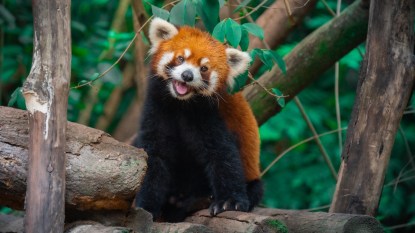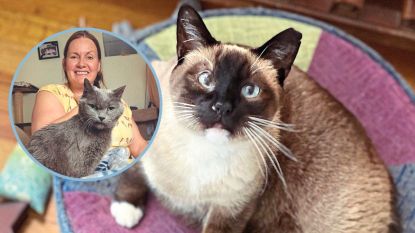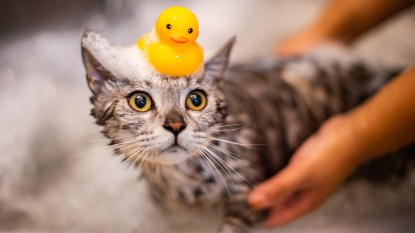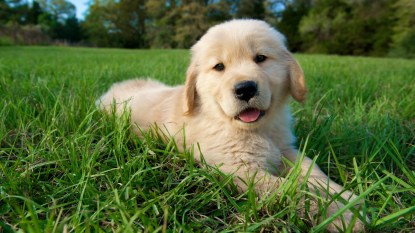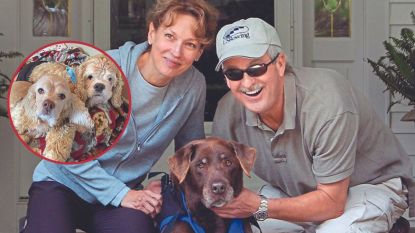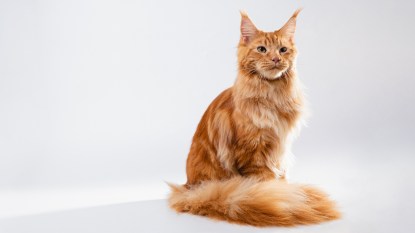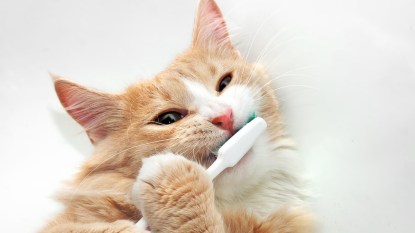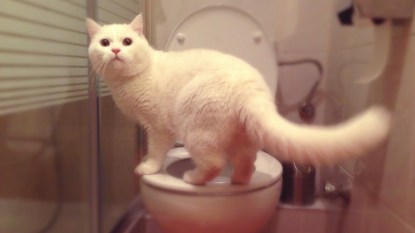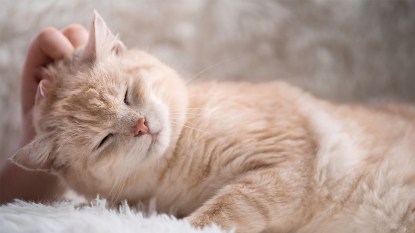Parrots Can Blush Like People — And It Means They’re Happy to See Us, Study Suggests
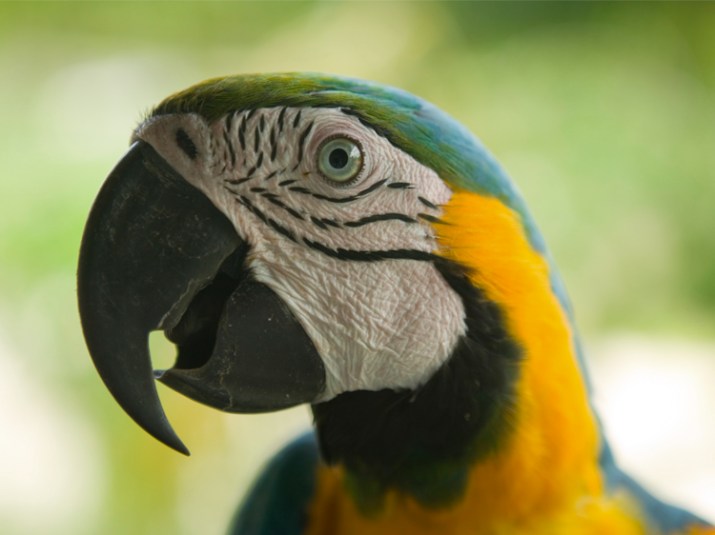
Parrots are well known for being colorful and animated creatures, and they’re especially beloved for their ability to “speak” like humans and repeat the things we say. As it turns out, recent research shows that parrots may have at least one more (adorable) trait in common with people: blushing!
The August 2018 study published in the scientific journal PLOS ONE found that parrots may blush and ruffle their head feathers to communicate visually. In the study, researchers looked at five captive blue-and-yellow macaws interacting with their human caretakers. Then, the researchers examined the positioning of the feathers and the presence of blushing (or lack thereof) on the birds’ cheeks. Interestingly, researchers found that blushing and the ruffling of crown feathers were both more common when the birds’ owners were actively interacting with them by talking with their pets and keeping eye contact. On the flip side, this reaction was much less common when their owner was ignoring the bird — or turning his or her back to the pet.
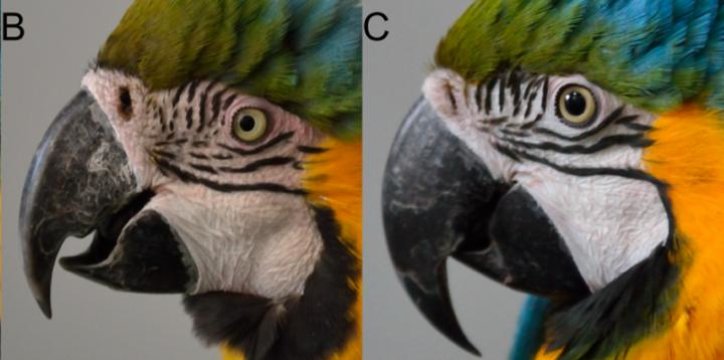
(Photo Credit: A. Beraud CC-BY)
According to the study’s authors, including Aline Bertin of the INRA Centre Val de Loire in France, these results suggest that the birds’ responses are linked to states of lower arousal and positive social interactions.
“How birds use facial displays and whether they communicate their inner subjective feelings is a question that is crucial to deepening our understanding of bird sentience,” Bertin and the researchers wrote in a press release. “Although caution must be exercised when interpreting these data due to the small sample size, we argue that crown ruffling and skin color variation may provide facial indicators of birds’ inner subjective feelings. On a practical level, parrots are popular companion animals, with millions of parrots being kept as pets, and understanding visual communication in parrots may help to assess their well-being in captive conditions.”
It may be impossible to ask a parrot how he or she is feeling (and let’s face it: you’d probably just hear the question repeated to you!), but it’s good to know that our precious birds notice when we’re truly present with them or not. We hope they miss us when we’re out of the house as much as we miss them!
More From Woman’s World
12 Animal Bums That Will Have You Grinning From Cheek to Cheek
Sweet Video of Chimp Playing ‘Airplane’ With Baby Will Melt Your Heart
Splooting, Bleps, and Boopable Snoots: Your Guide to Modern Pet Slang


